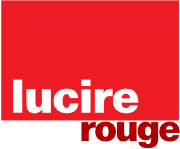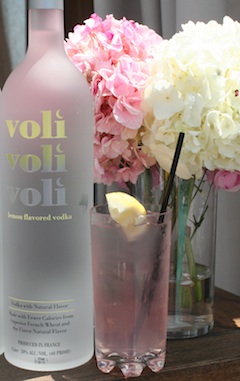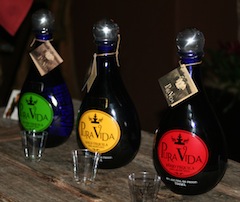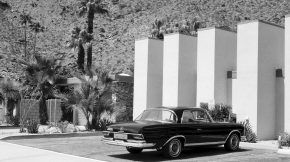Tender Greens’ executive chef Oliver Plust knows what’s good for you—and the planet

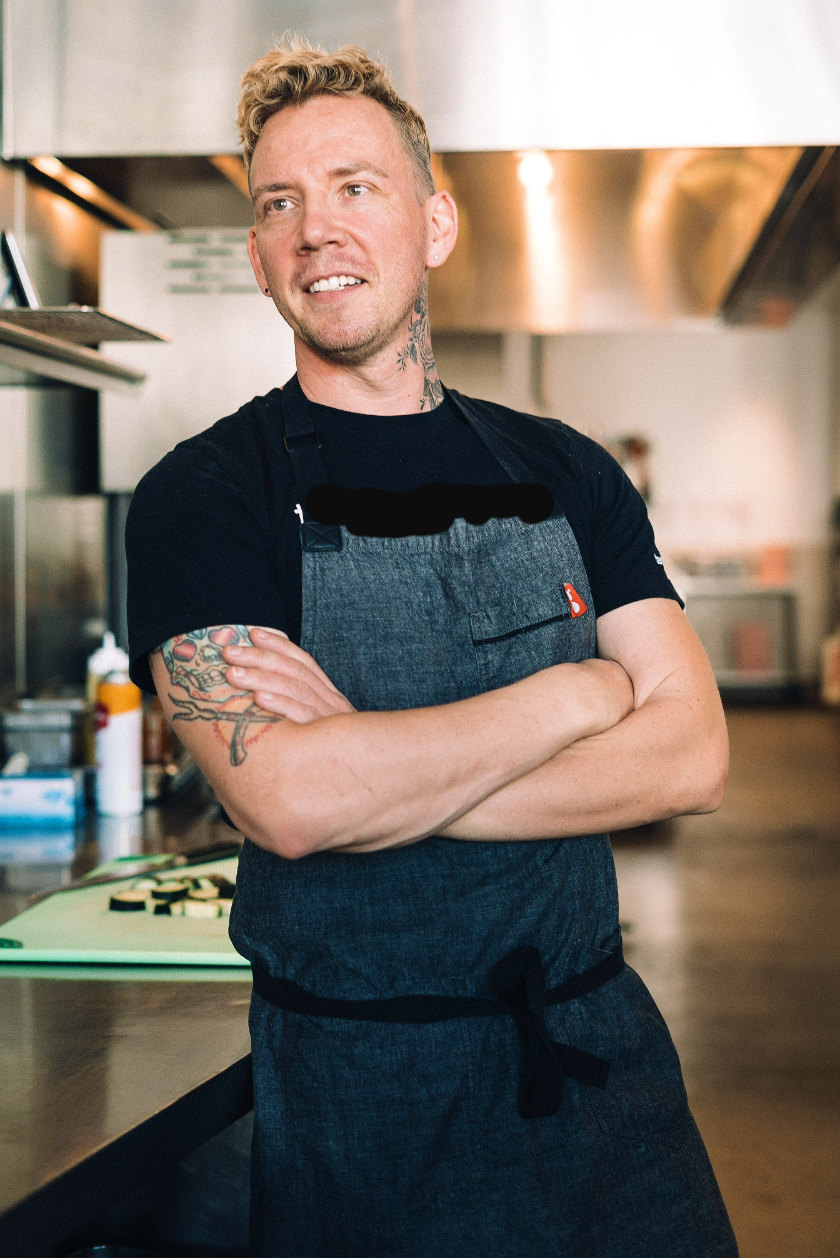
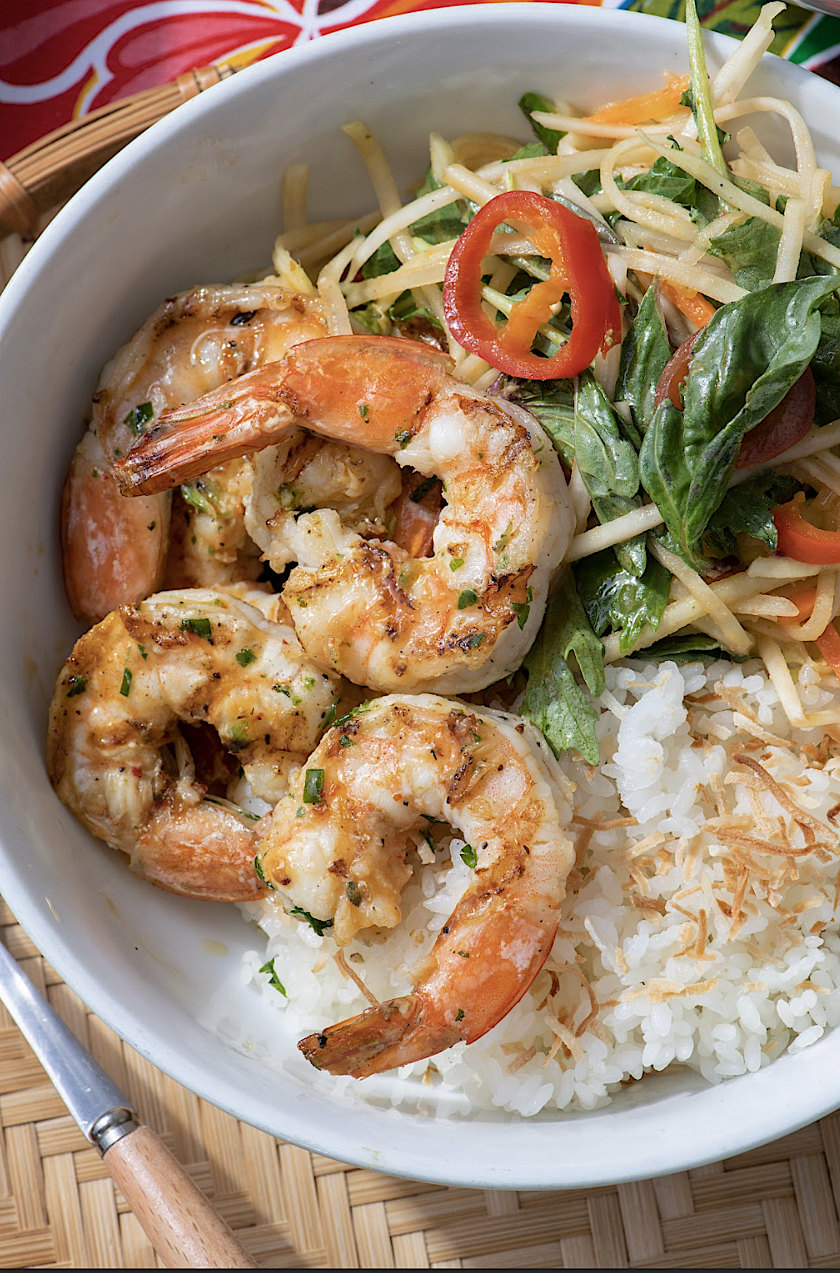
Above, from top: Chef Oliver Plust in his element at Tender Greens’ main outpost. The wildly popular Thai Shrimp Bowl: simple in presentation, complex in flavour. Photographs courtesy Tender Greens.
Fast casual restaurant groups such as California’s Tender Greens thrive with an increasing base of customers who want more from their food as they are more worldly and better informed. They want to satisfy their sensory wanderlust with flavours from around the globe but also want to know what goes into their favourite dishes.
That same mindset is what drove Oliver Plust, now the executive chef for Tender Greens, to a career that transforms healthy eating into an everyday adventure. Born and raised in Schwerin, Germany, Plust hit the ground running after his formal education, obligatory military service, and three-year apprenticeship. The trek began with an 18-month management training programme at the J. W. Marriott Hotel in Atlanta, moving on to become restaurant chef for J. W. California Grill Restaurant at the flagship J. W. Marriott Hotel in Hong Kong. Even with a busy schedule, he always made time to get a sampling of what people in different places around the world ate on a daily basis.
Down the road, he spent two years at James Beard Award-winning chef Bradley Ogden’s Parcel 104 in Santa Clara, Calif. before finding his way south. Now, as a full-time resident of Los Angeles, Plust’s passion for maintaining a healthy lifestyle without compromise follows into his daily life, as an avid runner (the beach and Griffith Park are favourite haunts) and a savvy shopper carving out his personal style and commitment to sustainability through second-hand sources.
Lucire Rouge: Describe the professional and personal journey that led to your work developing dishes for Tender Greens.
Oliver Plust: I remember wanting to be a chef as early as eight years old, as I was cooking at home with my mother as long as I can remember. It was a natural step for me to choose this as my profession in life. Moving forward, I worked and travelled in many different countries and found myself influenced by the cultures I worked within, and the great people that I worked with. As a result, I love using Mediterranean, southeast Asian, and Indian spices in my everyday cooking, and it heavily influences the dishes I have curated for Tender Greens.
What would you say are the culinary roots of Tender Greens, and how has your early professional experiences informed how you pushed things forward?
The Tender Greens menu is heavily influenced by the Mediterranean and Greek culture. Being from Europe, I worked with a lot of people from the Middle East and North Africa. When I saw something that intrigued me, I would experiment with the flavours, techniques, and components of that dish to make my own version. I’ve been in this industry for 32 years, and I’m constantly pulling ideas from my personal memory bank to bring the newest flavour combinations to the Tender Greens menu, while still mixing in some old classics that I know and love.
Where does the ‘California cuisine’ genre of cooking come in?
I enjoy its simplicity, and I am driven by the abundant use of seasonal fresh vegetables and fruits and combining simple methods to highlight or elevate them. I enjoy using traditional methods and techniques that I learned throughout my years, with modern ingredients. I enjoy teaching the new generation of cooks, taking the time to pass on some of my experience and knowledge, giving back to them and taking the time to inspire them the same way my early culinary mentors did for me.
What are some of the dishes you created for Tender Greens, based on your your studies and travels that influenced some of the dishes people enjoy at Tender Greens?
The Thai shrimp bowl comes to mind. The dressing comes from one of my mentors in Hong Kong, and the Thai salad recipe was inspired by one created by a specialty Thai chef. Travelling around Asia was one of the most inspiring trips I took, and eating the local dishes from scratch was all I ate during my time there. Meanwhile, Singapore, Japan and Korea all had their cuisine styles that were different from everything else I had learned, and that stirred an interest in me to try working with these styles. The chicken katsu bowl is a Japanese-influenced dish that I love to put my own spin on, while still respecting the original recipe I learned.
How does Tender Greens address increasingly savvy customers who value authenticity, are well travelled, and can quickly spot something that feels more like a marketing gimmick rather than something true to its origins?
I’m a bit of a purist. If I present an original local dish from another country or tradition by its given name, I make sure to pay homage to the actual dish and its place of origin. It is my responsibility as a chef to prepare these recipes correctly and accurately represent the dish and place of origin as much as possible, and be sure its native roots are honoured.
What’s the most important things you want diners to know about how the ingredients are sourced?
My philosophy is to support all local and small individuals and businesses within the industry. This includes local farms, organic producers and aquafarms across California. The most important thing I want guests to know about their ingredients is where they come from: their producer. I have a very boots-on-the-ground approach when it comes to locally sourcing our ingredients. I simply talk to the local farmers and have come to learn exactly what is coming up in each season that we can use across our menu and dishes.
We have created and maintained a strong relationship beneficial for both parties, as well as our customers, to ensure that they are getting the best quality ingredients as they not only want food that tastes great, but also know what goes into the finished dishes. If we need to source a new product, we ensure that it is equally as good, if not better than before. We take pride in our efforts to put the best ingredients in all our menu creations, and we will never stop pursuing the next best thing.
While sustainability has been trending for a while, how are you trying to shift the paradigm so people make sustainable practices a part of their own daily routines in a way that transcends trends?
Though organic is a common word often used throughout the restaurant industry, in today’s world, organic doesn’t always mean better for you. We personally vet all farms we use and partner with and closely examine the products we would be purchasing and cooking with on a daily basis. We make sure to purchase at the peak of the season all produce and protein sources and encourage our guests to do the same in their everyday lives. Buying locally and from small businesses has a huge effect on decreasing your carbon footprint, which is a big focus here.
Where do you see Tender Greens heading in the next ten years?
Growth is always the goal. We are aiming to diversify and break into other markets beyond California and take the philosophy that we live by into new markets. Our philosophy is that we create offerings to guests that are fresh, exciting and seasonal without changing anything at its core—simply just get better at it. Ten years from now, we will have consistently maintained this philosophy that guided us from day one.
What are some of your favourite places to shop for food, clothing, and everything else you need to maintain a sustainable lifestyle?
I source a lot of my items from online stores like Poshmark and Ebay or local second-hand or vintage shops. As the options are endless, I can find items on there that speak to me and inspire me to make them my own.
What are some of the connections between how you source food and how you create your personal style?
Cooking and fashion are very similar to me in a lot of ways. They’re both focused on texture and colour, and how what I’m wearing or what I’m eating make me feel. If I eat a good meal, it makes me feel a certain way, if I find that one piece of clothing I’ve been searching for a long time, it makes you feel a certain way.
I was always drawn to fashion, but I don’t want to be a part of the problem when it comes to fast-fashion waste. About 40 per cent of all clothes end up in a landfill somewhere, which is a huge contributor to global warming. Everything I own is vintage or second-hand, except for underwear of course. My signature style is inspired by the ’80s and early ’90s decades. When I was a teenager, I constantly kept going back to those staple items from those decades daily. It’s crazy to say out loud, but I haven’t bought a new pair of jeans in about seven years! I love old varsity jackets and old and worn denim. I’ve noticed that clothes were made with higher quality standards back then, they simply feel, hang, and look better in my opinion.
Does this expand to how you decorate your home?
My love of working with my hands, meanwhile, spills over into my home décor style. I paint, do pottery, and have refurbished numerous furniture pieces in my current home, including a large antique dining table. I love the mid-century modern style of home décor and refinish my furniture pieces to match that style—Scandinavian, simple, and clean æsthetics. Additionally, a lot of the artwork in my house I made myself as well.
